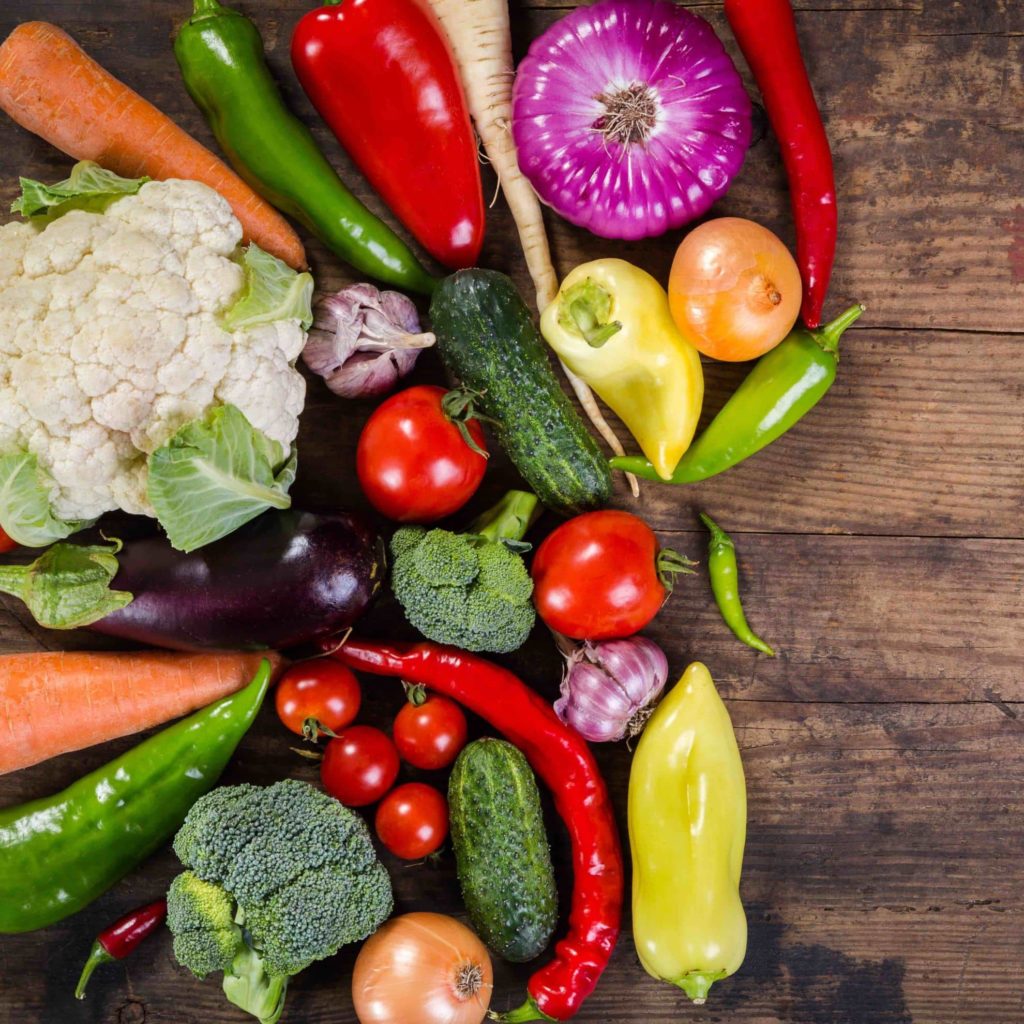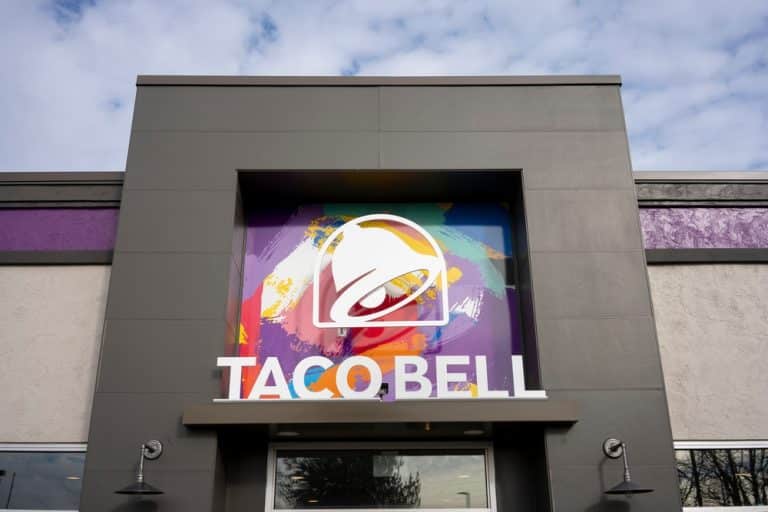For restaurant operators looking for creative ways to entice crowds into their restaurant to increase sales volume while driving profitability with popular low-cost dishes, a seasonal menu might be the answer.
What is a restaurant seasonal menu?
Seasonal menus are temporary menus designed to incorporate foods that are purchased and consumed while in their peak. They will change based on the season in which they are harvested.
What ingredients are seasonal in the summer?
According to the US Department of Agriculture, summer vegetables include bell peppers, green beans, okra, summer squash, eggplant, corn, celery and more. While some of these vegetables might sound pedestrian, they can also be transformed in to luxury menu items like eggplant parmesan or a velvety corn chowder.
Summer fruits include apples, cantaloupe, watermelon, peaches, mangos, and a huge variety of berries. These could be incorporated into salads, cost effective batch desserts such as cobblers, and even muddles into delicious cocktail specials to use up leftover fruit on hand.
Benefits of a restaurant seasonal menu
Reduced labor. Think beyond produce when determining seasonal menu items. Consider comfort foods that include chili, stew and soup, meatloaf, or pot pie. These options are always a big hit in the cold winter months, and they are often batch-cooked items which can decrease labor needs and ticket times during peak service hours.
Lower food costs. Foods that are in season cost less. It is a simple rule of supply and demand. As seasonal crops become abundant, farmers can sell them at lower prices based on shear volume, giving operators better buying power.
Improved flavor profiles. The taste of seasonal menu items is just as important as the cost savings allowed. Most of the food that operators purchase is held in warehouses and transported quite a distance before it ever makes it into inventory, which affects the taste. Buying locally grown seasonal items allows us to create great dishes with higher quality, flavor, and texture using less ingredients.
Increased marketing power. Adding new menu items is a great reason for operators to reach out to customers and prospects. Repeat customers may be delighted to see new items on the menu. Change, even when temporary, can pique the interest in a current customer base and put a restaurant on the radar of new prospects looking for something different to try.
Tips on costing a restaurant seasonal menu
The first step in the menu engineering process is menu costing, which refers to breaking down every item on a menu to its individual ingredients and determining exactly how much it costs to create each dish.
If operators choose to do this process manually, start by listing all ingredients used in a specific menu item. Be sure to include items such as spices and cooking oil. Then calculate the cost of each ingredient in a specific dish based on the cost of the individual food items used to prepare it. Do not include labor costs in the menu item calculation.
For example, if one egg costs $.17 and three eggs are used in the sweet potato breakfast hash, the egg cost for the dish is $.51. Repeat that step with the sweet potato, bacon, bell pepper, seasonings, cooking oil, etc. to calculate the total costs of ingredients. Add the cost of purchasing those items (only the food cost percentage related to the food items in the specific recipe) to the cost of ingredients to arrive at the food cost for the sweet potato breakfast hash.
Beyond tracking usage, it’s important to track yield from each food item to get an accurate cost on recipes, especially on items used in multiple recipes. Operators need to know how much yield they got from each sweet potato to determine the total cost of each recipe. Update recipe costing (the ingredient cost portion) every time there are price changes in food items from suppliers.
Restaurant seasonal menu design tips
Once operators have created profitable recipes, it’s important to guide guests to these menu items in the short time they spend looking at the restaurant menu. While much of restaurant menu engineering can be measured with data, some of it can also be based on psychological behaviors and trends.
Consider these psychological tips and tricks to nudge customers towards ordering specific dishes.
- Consider separate menus, chalk boards, or table tents to promote temporary specials. They are hard to ignore and less expensive to create than a regular menu. These temporary menus are easy to remove should a restaurant run out of a seasonal product.
- Use visual cues to highlight specific menu items. Place a box, asterisk, or label special or new items in each menu section as “new” or “for a limited time only.”
- Mimic the “Golden Triangle” concept, coined by psychologists, which shows that our eye movements tend to start in the middle of a visual first, then the top right corner, and then the top left. Place your key dishes in these naturally highlighted areas.
- Psychology studies also show that people tend to remember the first and last item in a series. Place the most profitable dishes either first or last in each section to guide customers to order those items.
- Present your pricing information within item descriptions, prompting customers to focus on the item rather than the price.
- Avoid using a non-round number (like $8.99) and keep it simple by pricing only in 50-cent increments. The item cost would appear on the menu as 15 or 15.5 rather than $14.99 or $15.50.
- Use appealing language to describe your items. Instead of describing your seasonal dessert as, “apple pie,” try “fresh, seasonal apples covered with our chef’s signature caramel sauce with a hint of cinnamon and spice.” The more elaborate description commands a higher price point.
Conclusion
A seasonal menu can help grow a restaurant’s profits and improve guest satisfaction. While there are many moving pieces necessary to analyze restaurant menu performance, menu engineering can help protect the bottom line, ensure healthy contribution margins, and increase sales growth in the future.



